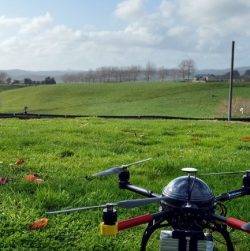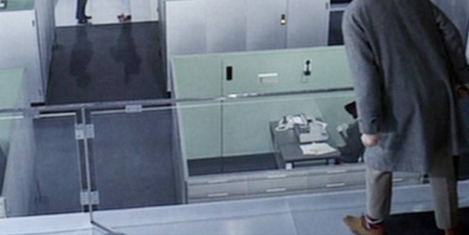January 25, 2018
World Economic Forum announces expanded global network to shape policy for Fourth Industrial Revolution
 The World Economic Forum has announced an international expansion of its Center for the Fourth Industrial Revolution. The announcement coincides with this week’s Forum at Davos, which you can follow live here. New affiliate Centers will open in India, Japan and the United Arab Emirates, creating ‘an international network dedicated to maximising the benefits and minimising the risks of emerging technology’. In cooperation with host governments and private companies, affiliate Centers will aim to build on the work under way in San Francisco to close the perceived gap between emerging technology and policy. The Center for the Fourth Industrial Revolution model is to bring together business leaders, governments, start-ups, civil society, academia and international organisations to co-design and pilot innovative approaches to governance for emerging technologies such as artificial intelligence and blockchain.
The World Economic Forum has announced an international expansion of its Center for the Fourth Industrial Revolution. The announcement coincides with this week’s Forum at Davos, which you can follow live here. New affiliate Centers will open in India, Japan and the United Arab Emirates, creating ‘an international network dedicated to maximising the benefits and minimising the risks of emerging technology’. In cooperation with host governments and private companies, affiliate Centers will aim to build on the work under way in San Francisco to close the perceived gap between emerging technology and policy. The Center for the Fourth Industrial Revolution model is to bring together business leaders, governments, start-ups, civil society, academia and international organisations to co-design and pilot innovative approaches to governance for emerging technologies such as artificial intelligence and blockchain.





































